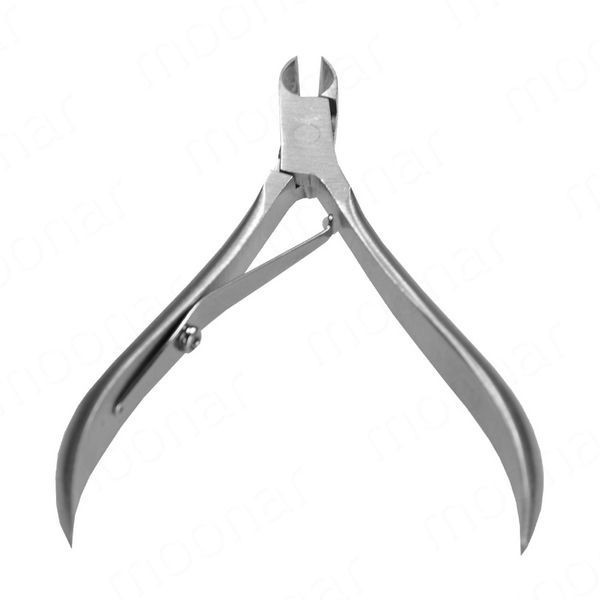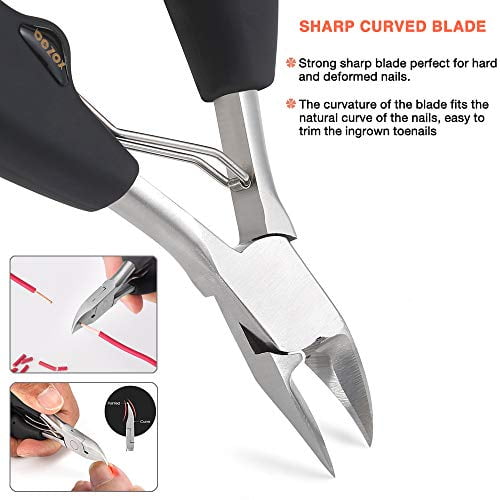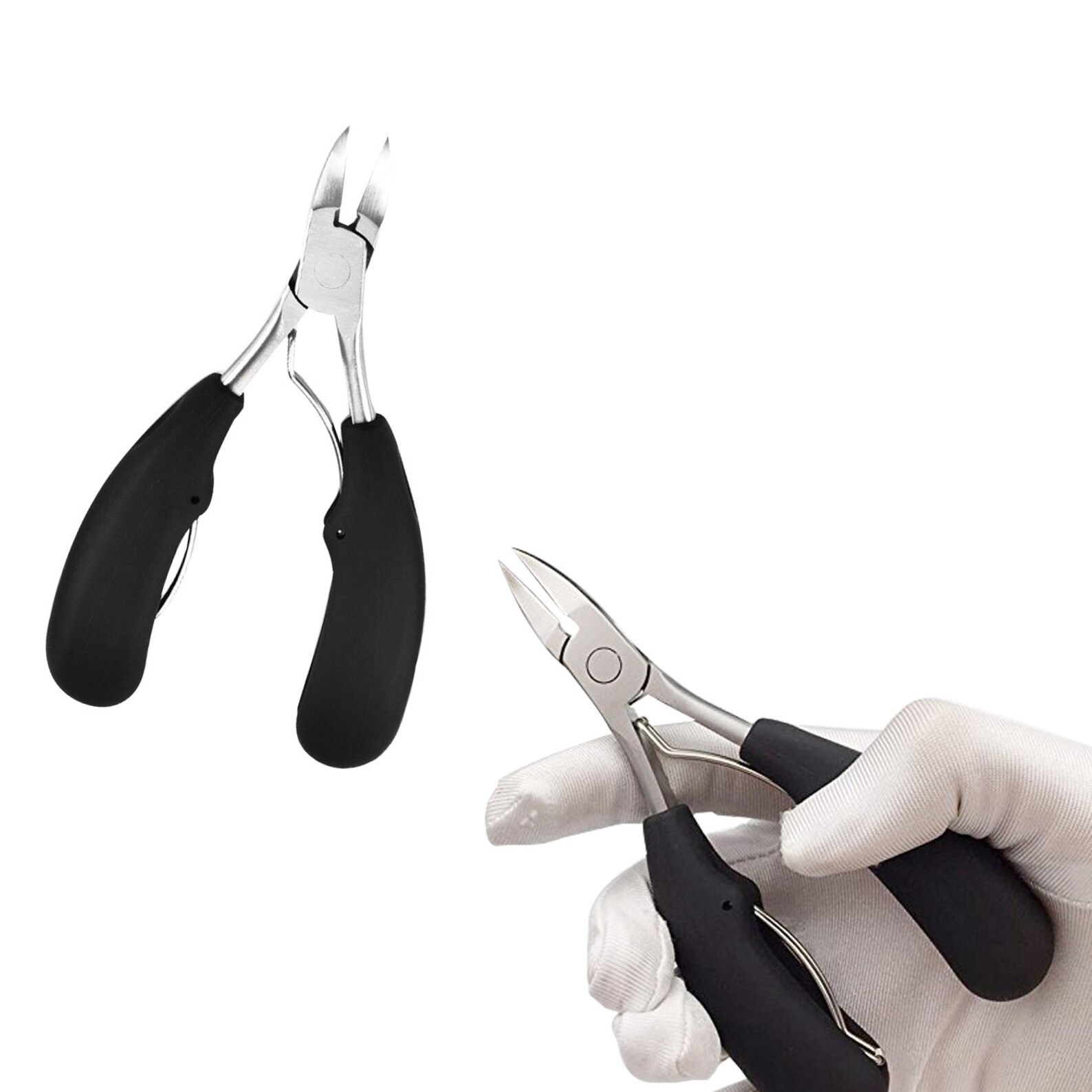
Take pain medication as needed (acetaminophen, ibuprofen).You want to make sure your toe heals properly and prevent infection. AftercareĬaring for your toe and overall health after the nail surgery is important. If you have ingrown nails often, your surgery may include use of a laser or chemical procedure to remove a part of the nail bed permanently so that it no longer grows as wide. You will not feel any pain during the procedure expect for the injection. The ingrown nail section is then partly or completely removed.
INGROWN TOENAIL TRIMMER SKIN
The skin on top of the ingrown nail may be removed with a scalpel. This typically involves numbing the toe or foot with an injection. Your doctor, orthopedic surgeon, or podiatrist (a foot doctor) can treat an ingrown nail with a minor procedure, or in certain cases with surgery.

What can a doctor do for an ingrown toenail? Shop for precision toenail clippers online.

Cut the visible nail corner or the ingrown spur away to help relieve the pressure and pain.This helps to make a space between the nail and the skin. Use a pair of tweezers to gently push a tiny piece of cotton or gauze into the corner of your toenail where it’s ingrown.Cut your toenail straight across with toenail clippers, keeping the nail long enough to get your fingernail under it at least 1 to 2 millimeters at the white nail end.Monitor your nail’s growth and replace the bit of cotton as needed.įor a more ingrown nail, if the area around the nail isn’t infected:.Wear open-toed shoes or shoes with a wide toe box.Gently lift the edge of the toenail and put a small bit of cotton ball under the nail to encourage it to grow in a different direction not into the skin or nailbed.Wash your hands and clean under your fingernails before and after touching your feet.You might be able to encourage your toenail to unroll using your fingernail or a cuticle stick.If the nail hasn’t curled all the way over or into the skin: Gently scrape the skin at the sides of the nail with a nail file or cuticle stick to remove any dead skin cells.Gently massage the skin around the ingrown toenail.Dry your foot and toes thoroughly with a soft towel.You can add Epsom salt, tea tree oil, or other disinfecting essential oils to the footbath. Soak your foot in warm water for 10 to 30 minutes to soften the nail and skin.Disinfect all nail clippers, tweezers, cuticle sticks, and other pedicure tools with rubbing alcohol or hydrogen peroxide and let dry.Here are steps you can follow for a mildly ingrown nail:


You can often treat a slightly ingrown nail by yourself. Krista Archer explains, if the ingrown is left untreated, “the sharp edge of the nail can pierce the skin and form a small hole through which bacteria enters, causing an infection.” Healthy people without signs of infection (like redness, heat, swelling, or odor), however, can take care of ingrown toenails at home - and the products below, chosen by five podiatrists and pedicurists, can help.You’ll first want to take a closer look to decide how severely ingrown your nail is. Zinkin also advises anyone with diabetes or poor circulation to see a podiatrist if they have an ingrown toenail, because it could quickly progress to a dangerous infection. In those cases, he recommends seeing a podiatrist for a simple procedure in which part of the nail is removed to prevent further ingrowns. The first three can be prevented, but there are some people who are just prone to ingrowns “because of the shape of the nail root and the way the skin goes around it,” Zinkin says. Cary Zinkin, a podiatrist and spokesperson for the American Podiatric Medical Association, there are four main causes of ingrown toenails: footwear that’s too tight, trauma to the toe (like badly stubbing it), improper trimming, and heredity. Isaacson says, “If you think you have an ingrown nail, you’re probably right.”Īccording to Dr. Ingrowns occur when the corner of the nail (usually on the big toe) begins to grow into the skin, causing inflammation, pain, and potentially infection. Now that we’ve entered sandal season and are getting reacquainted with our bare feet, the issue of unsightly and painful ingrown toenails feels especially pertinent. Photo: Hulton Deutsch/Corbis via Getty Images


 0 kommentar(er)
0 kommentar(er)
